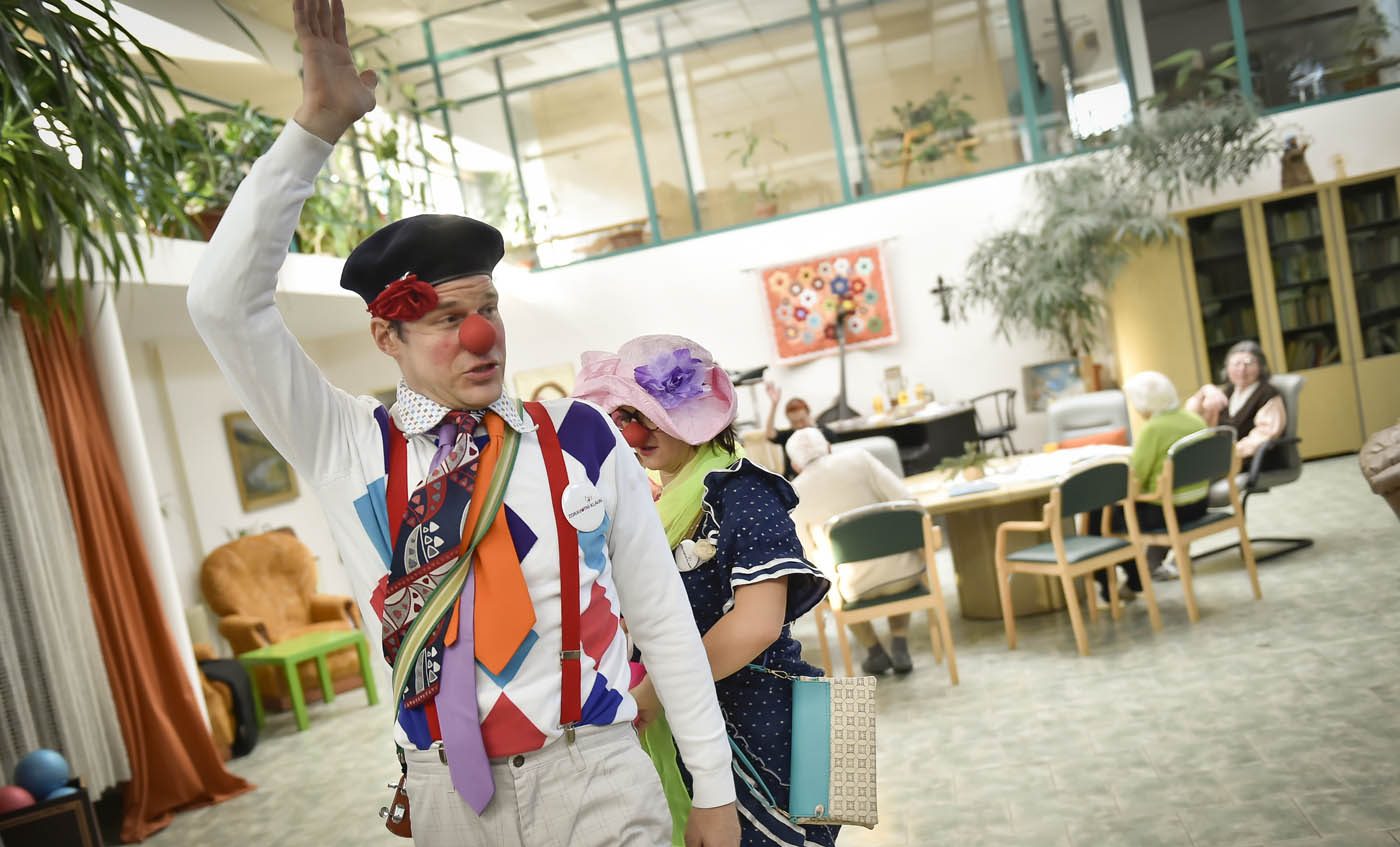Laughter is Indeed the Best Medicine

Clowndoctors bring the medicine of laughter and happiness to sick children and seniors. In this manner, they help provide relief from difficulties associated with sickness or old age, and they can reignite the spark in everyone’s eyes. Read here how they do it.
1. 2. 2017 Škoda World ResponsibilityMedia Box
12 images
Show more
Show less



























